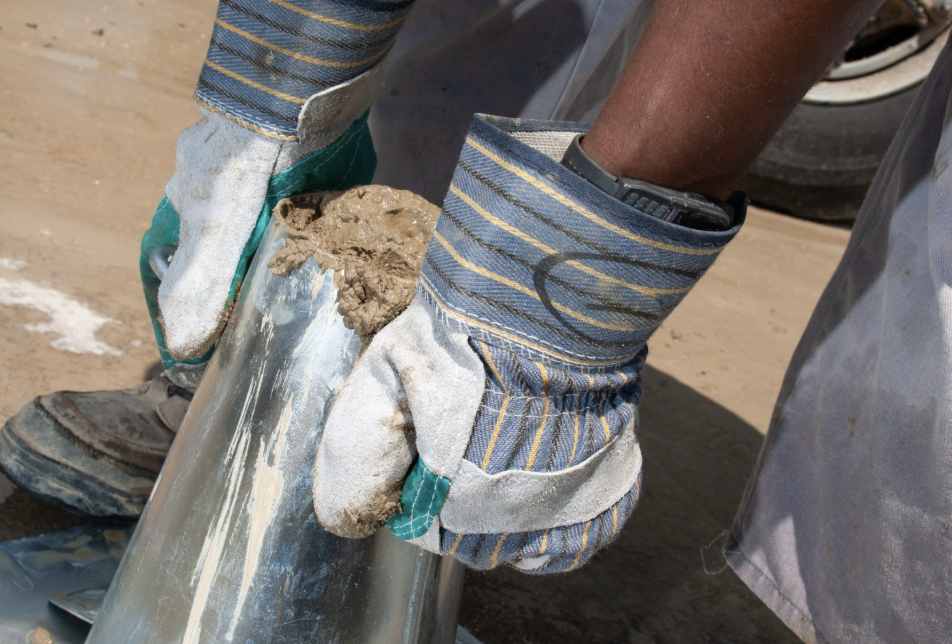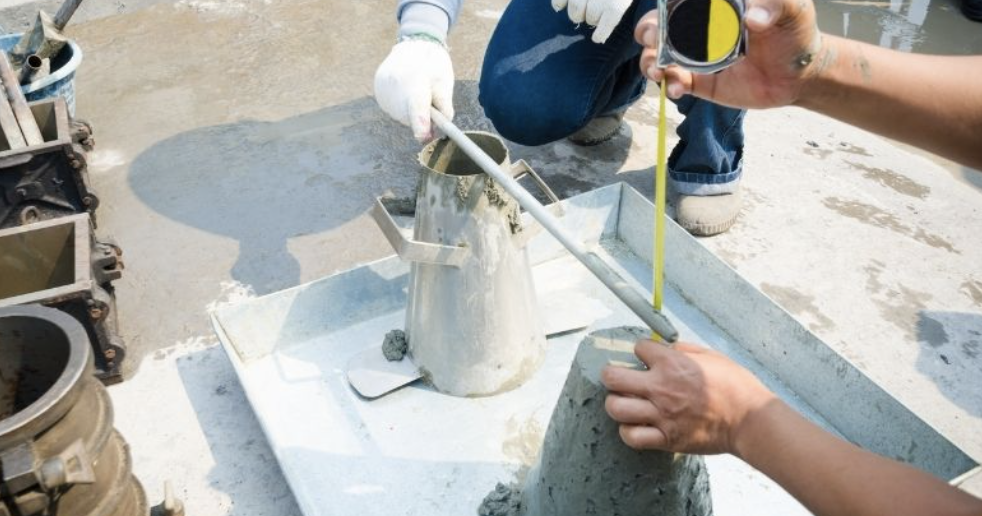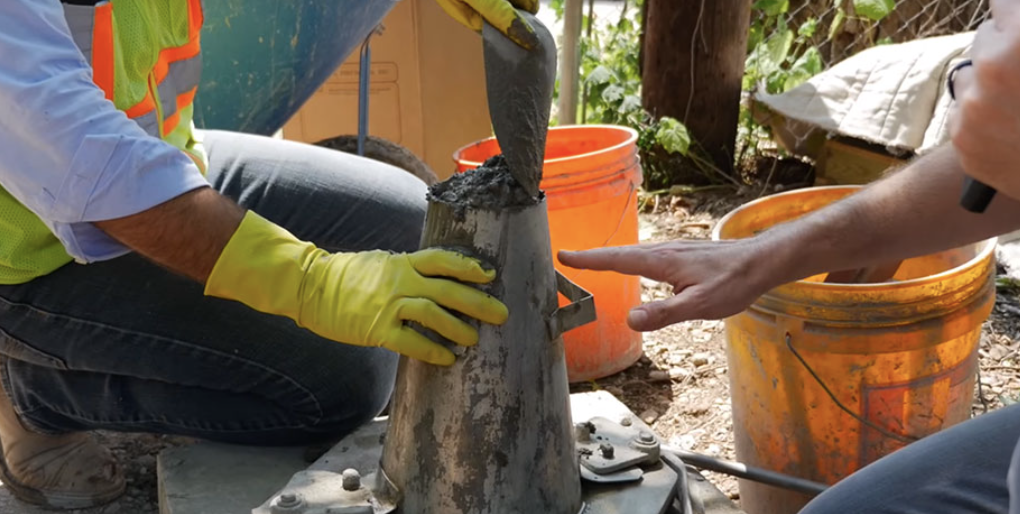What is the Slump Test of Concrete?
The slump test is a quick and simple field method used to measure the consistency—or workability—of fresh concrete before it sets. By evaluating how much a cone-shaped sample of concrete "slumps" after the cone is lifted, construction teams can judge whether the mix has the right water content and flow for the job. It’s one of the most widely used on-site quality control tests in concrete work.
Purpose and Importance of the Slump Test
The main goal of the slump test is to check the workability and uniformity1 of a concrete mix. Concrete that’s too wet may not be strong enough once hardened, while concrete that’s too dry may be difficult to pour and compact properly.
Why it matters:
- Ensures the mix is suitable for placement methods2 (pumping, pouring, vibrating).
- Helps detect variations between concrete batches3.
- Confirms that the water-cement ratio is within acceptable limits.
- Prevents segregation or honeycombing in the final structure.
| Slump Value (mm) | Workability Level | Typical Application |
|---|---|---|
| 25–50 | Low | Road foundations, large slabs |
| 75–100 | Medium | Beams, walls, columns |
| 150–180 | High | Thin sections, congested reinforcement |
This quick check ensures that concrete meets the performance and durability standards required for structural integrity.

Slump Test Procedure: Step-by-Step
The slump test follows a standardized procedure (ASTM C143 / AASHTO T119) and requires only basic tools4.
Equipment:
- Slump cone (300 mm tall, base 200 mm, top 100 mm)
- Steel rod (16 mm diameter, 600 mm long)
- Base plate
- Measuring scale
Step-by-Step Guide:
- Place the slump cone5 on a flat, moist base plate.
- Fill the cone in three equal layers of fresh concrete.
- Rod each layer 25 times using the steel rod to eliminate air voids.
- Level the top and wipe off any spilled concrete.
- Lift the cone vertically in 5–10 seconds.
- Measure the slump: vertical distance between the top of the cone and the displaced concrete.
| Step | Purpose |
|---|---|
| Layering | Ensures even distribution |
| Rodding | Removes trapped air |
| Measurement | Quantifies workability |
The entire test takes just a few minutes and provides immediate, actionable feedback.

Types of Slump and What They Indicate
The shape and amount of slump provide clues about the cohesiveness and stability of the concrete mix.
Slump Types:
| Type of Slump | Appearance | Meaning |
|---|---|---|
| True Slump | Mix subsides evenly | Good consistency and cohesion |
| Shear Slump | One side shears off | Poor cohesion or excessive water |
| Collapse Slump | Mix collapses completely | Too wet or improperly proportioned |
| Zero Slump | Cone retains shape | Very stiff mix, low workability |
Understanding these patterns helps identify if the mix is safe to use or needs adjustment.

Limitations and Applications in Construction
While useful, the slump test is not a comprehensive measure6 of concrete quality. It should be used alongside other tests like compressive strength7, air content, or temperature for complete quality assurance.
Limitations:
- Not suitable for very dry or very fluid mixes.
- Does not measure strength directly.
- Sensitive to operator technique and environmental conditions.
Common Applications:
- On-site quality checks for cast-in-place concrete8.
- Verifying batch-to-batch consistency in ready-mix deliveries.
- Monitoring changes in mix properties due to delays or temperature.
Despite its simplicity, the slump test remains a critical tool in real-world concrete construction.

Conclusion
The slump test is a fast, practical, and widely trusted method for checking the workability of fresh concrete. Though it doesn’t tell the whole story, it provides an essential first impression of whether a mix will place well, compact fully, and set strong. For construction professionals, it’s one of the most reliable ways to keep concrete quality under control—right at the job site.
-
Understanding workability and uniformity is crucial for achieving strong and durable concrete. Explore this link for in-depth insights. ↩
-
Learn about various placement methods to ensure optimal concrete performance and longevity. This resource will enhance your knowledge. ↩
-
Detecting variations is key to maintaining quality in construction. This link provides valuable techniques and tips for quality control. ↩
-
Understanding the essential tools for the slump test can enhance your preparation and execution of concrete testing. ↩
-
Exploring the function and specifications of a slump cone will deepen your knowledge of concrete testing methods. ↩
-
Understanding the limitations of comprehensive measures can enhance your knowledge of concrete quality assessment. ↩
-
Exploring the role of compressive strength will provide insights into its importance in concrete quality evaluation. ↩
-
Learning about cast-in-place concrete can help you understand its advantages and applications in modern construction. ↩








